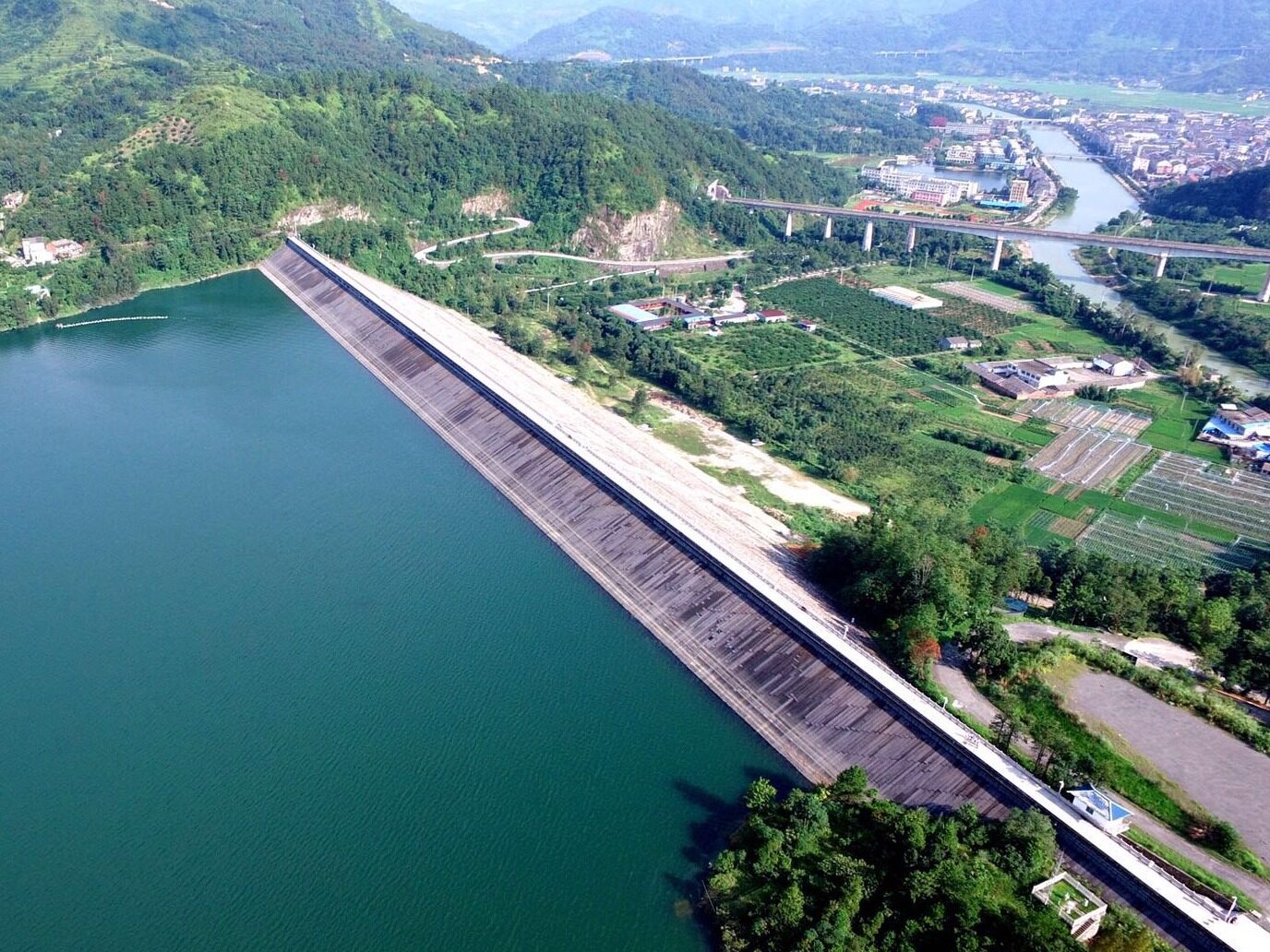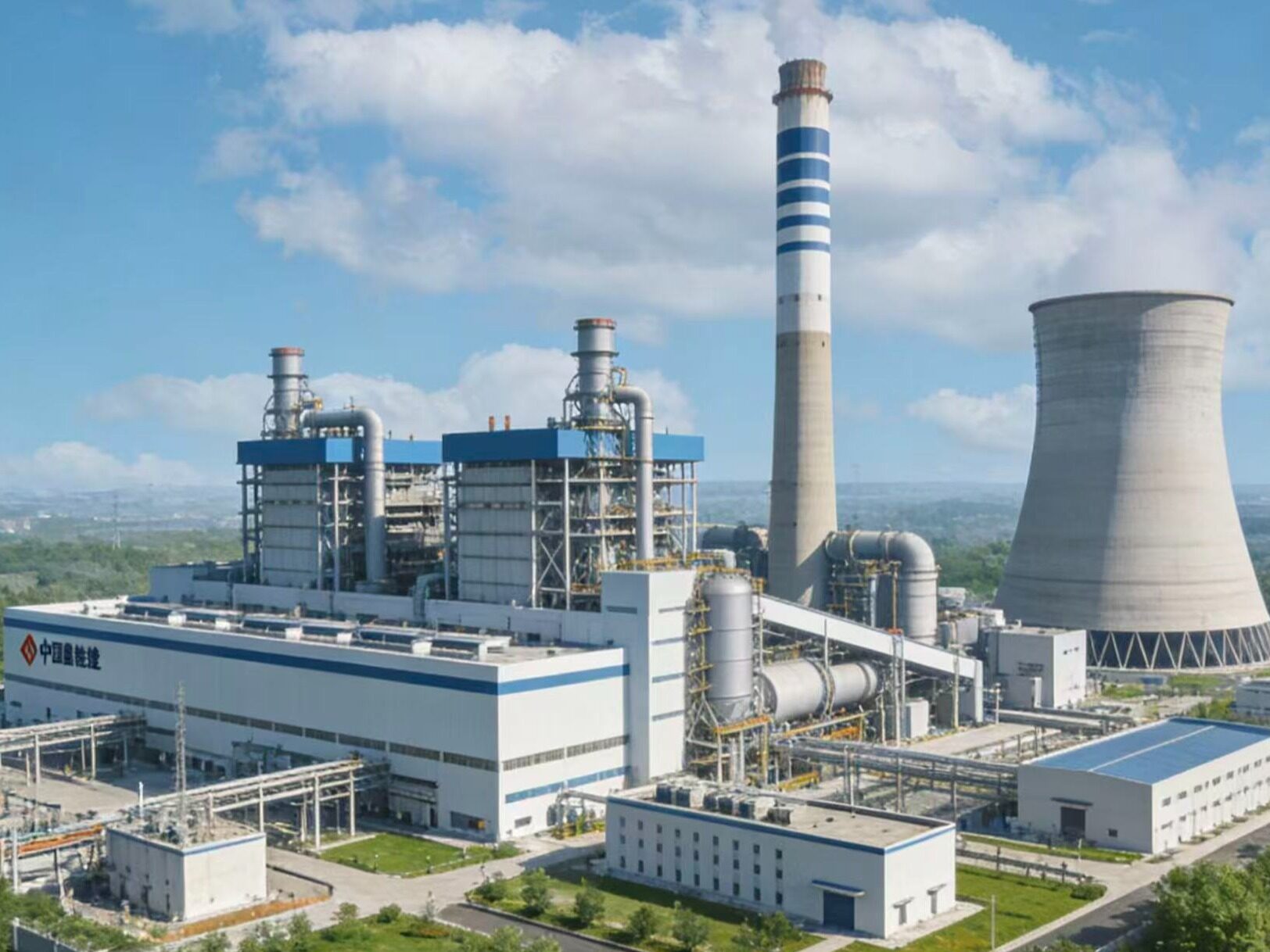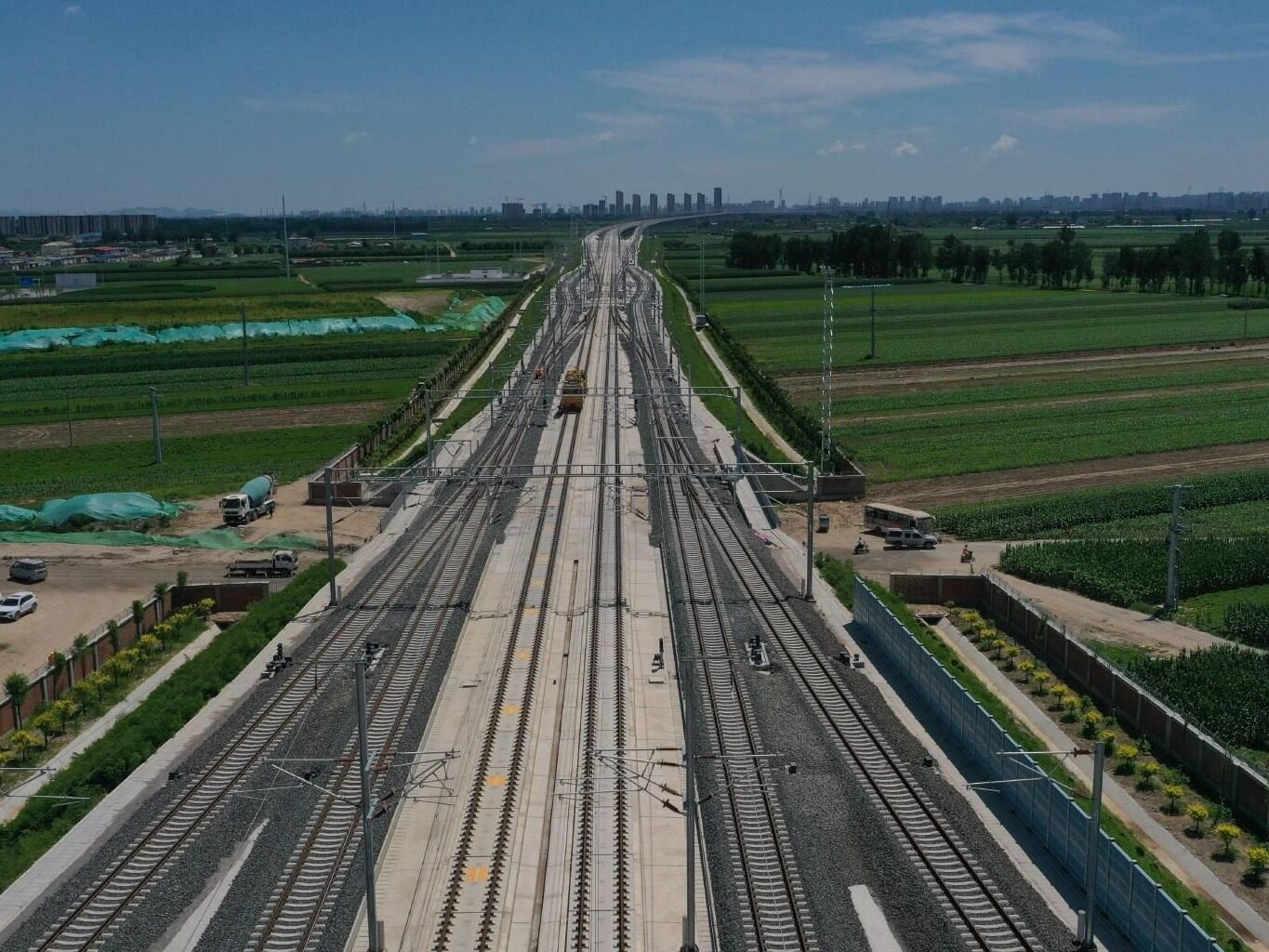- Shuangliang Energy-saving frequently signs huge long-term sales contracts, and the sales situation is good
- The signing of the contract is conducive to ensuring the stable supply of raw materials for the company's large-size monocrystalline silicon wafer business

The soft signing of orders has almost become a microcosm of the wave of material grabbing by photovoltaic companies. On the evening of November 23, 2021, it was announced that Shuangliang Silicon Materials (Baotou) Co., Ltd., a wholly-owned subsidiary of Shuangliang Energy Conservation, signed a long-term purchase and sales contract with Asia Silicon Industry (Qinghai) Co., Ltd., stipulating that it will be from December 2021 to November 2026. During the month, approximately 25,21 thousand tons of polysilicon materials were purchased from the latter. Shuangliang Energy has signed another long-term order for silicon materials, with an estimated purchase amount of 6.804 billion yuan. According to the contract, the actual purchase price of both parties adopts monthly bargaining method, so the purchase amount may fluctuate with market price.
Stride into the silicon wafer track
Since Shuangliang Energy-saving formally entered the silicon wafer business, its layout will continue to intensify in the second half of 2021, and the upstream long-term purchase orders and downstream long-term sales orders are "flying" simultaneously. Since September, Baotou Shuangliang has signed an agreement with Jiangsu Zhongneng, Xinte Energy and its related parties to purchase 52,750 tons and 82,200 tons of polysilicon materials from the latter two respectively. The estimated purchase amounts are respectively. 11.209 billion yuan, 17.468 billion yuan, a total of 28.677 billion yuan. Subsequently, the company received two long-term silicon wafer sales orders in October. Baotou Shuangliang signed contracts with Runyang Yueda and 3 subsidiaries of Aixu Co., Ltd., and the latter will purchase monocrystalline silicon from Baotou Shuangliang. With 1.3 billion pieces and 2.1 billion pieces, the estimated sales amount is 8.333 billion yuan and 14.427 billion yuan, respectively. On November 15, Longheng New Energy plans to purchase 950 million monocrystalline silicon wafers from Baotou Shuangliang, with an estimated sales amount of 6.527 billion yuan.
This cooperation with the Asian Silicon Industry can be regarded as the company's active "hoarding" for subsequent production. Shuangliang Energy-saving stated in the announcement that in order to ensure that orders for large-size monocrystalline silicon wafers are delivered on schedule in the future, the company has signed this purchase contract. This move is conducive to ensuring the company's stable supply of raw materials in advance, and is in line with the characteristics of the industry and the company's market plan for silicon wafer sales.
To seize the big window of photovoltaic development, Shuangliang Energy-saving is "moving true". In August, the company issued a fixed increase plan, and it plans to raise no more than 3.5 billion yuan to invest in the first phase of the 40GW monocrystalline silicon project (20GW) in Baotou Shuangliang and supplement working capital. Through this fund-raising project, the company will extend its photovoltaic monocrystalline silicon wafer business to cover the two key photovoltaic links of polycrystalline silicon equipment manufacturing and silicon wafer materials.
There are variables in the wafer pattern
According to industry statistics, since January 2021, the number of long-term silicon material orders signed by various manufacturers has doubled compared with 2020. Up to now, only the leading polysilicon companies such as GCL-Poly, Daquan Energy, and Xinte Energy have signed long-term contracts with downstream companies to 1,473,200 tons.
The silicon wafer track has now gathered a lot of "new forces", such as the earlier transformation of CNC, Beijing Express, etc., have tasted the sweetness of the silicon wafer business. In the first three quarters of 2021, the revenue growth rates of the above two companies were 289.71% and 26.11%, and the net profit growth rates were 310.28% and 69.83%, respectively.
The forerunners are crowded, and the successors are also pouring in continuously. In October 2021, Yujing, a photovoltaic product manufacturing equipment manufacturer, announced a joint investment of 200 million yuan to establish a subsidiary engaged in silicon ingots and silicon wafers; Hebang Bio, which is mainly engaged in chemicals, agriculture and new materials, also plans to jointly invest 3 billion yuan Construction of 10GW monocrystalline silicon wafer project.
Logically, this is not unrelated to the “integration” strategy of photovoltaic leaders. In terms of actual actions, the concept of "independent third-party silicon wafer suppliers" has received "order support" from downstream battery manufacturers. For example, since June 2021, Aishu has successively signed silicon wafer procurement contracts with “new forces” such as Guangdong Gaojing, Shanghai Machinery CNC, Shuangliang Energy Conservation, and Jiangsu Meike.
However, the influx of a large number of "new forces" for silicon wafers has also added uncertainty to the price trend of silicon wafers next year, and "overcapacity" has become a concern for the industry.
The expansion of photovoltaic silicon materials led to a significant rebound in performance. Some photovoltaic industry analysts said: "At present, the new and old forces have recently expanded their new production capacity on silicon ingots and wafers. This growth rate is likely to overflow downstream demand and cannot be digested. If this happens , That silicon wafer price reduction is almost inevitable. In addition, from the perspective of the expansion of upstream silicon materials, it is not as large as that of silicon wafers. This means that the profit margin of silicon wafers will be squeezed from both ends. The pattern of “silicon wafer players gaining the world” may change.” Editor/Sang Xiaomei
Comment
 Praise
Praise
 Collect
Collect
 Comment
Comment
 Search
Search














Write something~